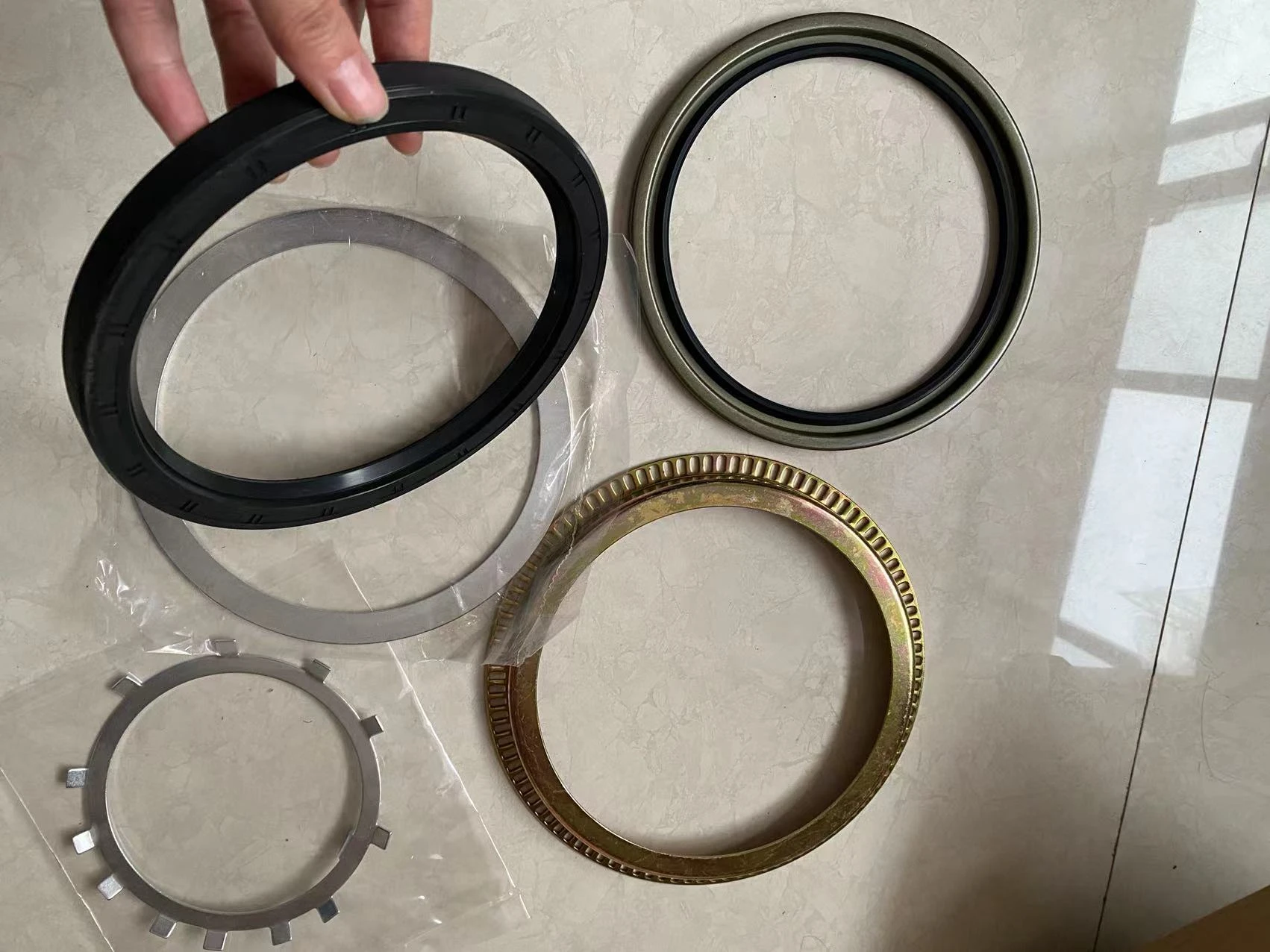o ring seal types
Understanding O-Ring Seal Types
O-rings are one of the most commonly used sealing devices in various industries, providing a reliable solution to prevent leaks between two surfaces. They are circular in shape and made from elastomeric materials, allowing them to create a tight seal when compressed between two mating surfaces. The effectiveness of an O-ring depends not only on its material but also on its design and application. Here, we will explore the different types of O-ring seals and their uses.
1. Standard O-Rings The most basic type, standard O-rings are typically used in static applications where they are compressed between two stationary surfaces. They are available in various diameters and can be made from different materials, including rubber and silicone, to suit specific environmental conditions.
Understanding O-Ring Seal Types
3. Square O-Rings As the name suggests, square O-rings have a cross-section that is square rather than circular. They provide a larger sealing surface and can handle higher pressures than standard O-rings, making them suitable for applications requiring a more robust seal.
o ring seal types

4. V-rings V-rings are used for shaft sealing applications, featuring a flexible flange that contacts the shaft surface. This design allows them to accommodate angular misalignment and variations in shaft diameter, making them versatile in dynamic applications.
5. Specialty O-Rings These include O-rings made from specialized materials such as fluorocarbon or perfluoroelastomer for extreme temperatures and chemical resistance. They are ideal for applications in the aerospace, automotive, and chemical processing industries, where they may encounter aggressive substances.
6. Metric vs. Imperial O-Rings O-rings come in both metric and imperial sizes. The choice between the two typically depends on the standards of the equipment or machinery in which they are used.
Choosing the right O-ring seal type is crucial for ensuring optimal performance and longevity in sealing applications. Factors such as pressure, temperature, and the nature of the fluids being sealed must be considered when selecting the appropriate O-ring. By understanding the different types available, engineers and manufacturers can ensure greater efficiency and reliability in their systems, reducing the risk of leakage and associated costs.
-
The Ultimate Guide to Boat Propeller Bearings and Trailer Wheel Bearings
News Jul.31,2025
-
The Essential Guide to Marine Bearings and Boat Trailer Wheel Bearings
News Jul.31,2025
-
The Complete Guide to Heavy Duty Seals: Protecting Doors and Spaces Efficiently
News Jul.31,2025
-
Essential Guide to Marine Shaft Bearings and Boat Trailer Axle Bearings
News Jul.31,2025
-
Comprehensive Guide to Marine and Trailer Bearings for Safe Boating and Transport
News Jul.31,2025
-
Comprehensive Guide to Automotive Oil Seals: Protecting Your Engine and Shafts
News Jul.31,2025
-
Understanding Automotive Oil Seals: Essential Components for Engine and Shaft Protection
News Jul.30,2025
Products categories















